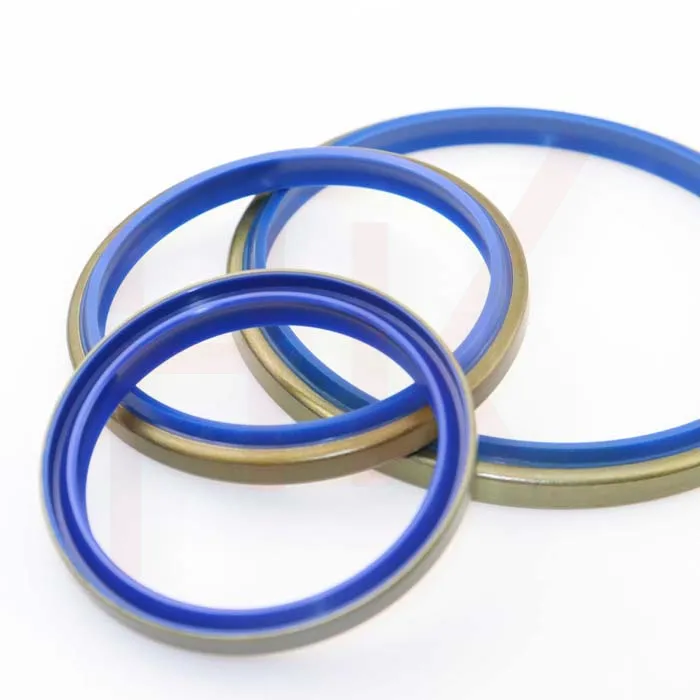9 月 . 24, 2024 20:03 Back to list
Hydraulic Scraper Seals for Enhanced Performance and Durability in Industrial Applications
Understanding Scraper Seal Hydraulics A Comprehensive Overview
In the world of hydraulic systems, the scraper seal plays a crucial role in ensuring optimal performance and efficiency. Specifically designed for heavy machinery and equipment, scraper seals are essential components that prevent fluid leakage and protect hydraulic systems from contaminants. This article delves into the intricacies of scraper seal hydraulics, their functionality, construction, and significance in various applications.
What is a Scraper Seal?
A scraper seal, as the name suggests, is designed to scrape away dirt, debris, and other contaminants from the surface of hydraulic rods and cylinders. It acts as a first line of defense against wear and tear, thereby prolonging the lifespan of hydraulic components. The seal prevents these unwanted materials from entering the hydraulic system, which could lead to operational inefficiencies and costly repairs.
How Do Scraper Seals Work?
The operation of a scraper seal is quite straightforward. When the hydraulic rod extends or retracts, the scraper seal makes contact with the rod's surface. This contact creates a barrier that effectively removes any accumulated dirt or debris. The design comprises elastomeric materials that can withstand the harsh conditions of hydraulic environments, including exposure to high pressure, varying temperatures, and aggressive fluids.
The effectiveness of scraper seals is dictated by their geometry and material composition. Common materials include polyurethane and nitrile rubber, known for their durability and resistance to various chemicals. The specific design variations depend on the application requirements, including rod diameter and operating conditions.
scraper seal hydraulic

Importance in Hydraulic Systems
Scraper seals are vital for maintaining the integrity of hydraulic systems. A small leak can lead to fluid loss, decreased efficiency, and increased energy consumption. Furthermore, contaminants can cause significant damage to hydraulic components, leading to malfunctions and unexpected downtime. This not only incurs repair costs but also can affect overall productivity.
In industries such as construction, agriculture, and manufacturing, where hydraulic machinery is extensively used, the proper functioning of scraper seals directly correlates with equipment performance. Regular maintenance and inspection of these seals ensure that machinery operates smoothly and efficiently, minimizing the risk of failures.
Installation and Maintenance
Installing scraper seals requires careful attention to detail. Proper alignment and fit are essential to ensure the seal performs effectively. Any deformation during installation can lead to premature failure. Maintenance practices include regular inspections for wear and tear, ensuring a clean environment around the hydraulic components, and timely replacement of seals when necessary.
Conclusion
In summary, scraper seal hydraulics are a pivotal aspect of hydraulic systems, serving as protective barriers against contaminants while minimizing fluid loss. Their importance cannot be overstated in maintaining the efficiency and longevity of hydraulic machinery. Understanding their function, construction, and maintenance can empower operators and engineers to ensure optimal performance in their respective applications. Investing in high-quality scraper seals and adhering to best practices in installation and maintenance will lead to improved reliability and productivity in hydraulic operations.
-
The Power of Advanced Sealing: High-Pressure Solutions for Modern Machinery
NewsOct.29,2024
-
Optimizing Machinery with High-Performance Oil Seals
NewsOct.29,2024
-
Maximizing Machinery Efficiency with Advanced Oil Seals
NewsOct.29,2024
-
Ensuring Equipment Longevity with Quality Oil Seals
NewsOct.29,2024
-
Enhance Equipment Performance with Quality Oil Seals
NewsOct.29,2024
-
Custom Oil Seals for Specialized Machinery Needs
NewsOct.29,2024
-
The Role of Wiper Seals in Dust Sealing and Oil Protection
NewsOct.20,2024
Products categories
















